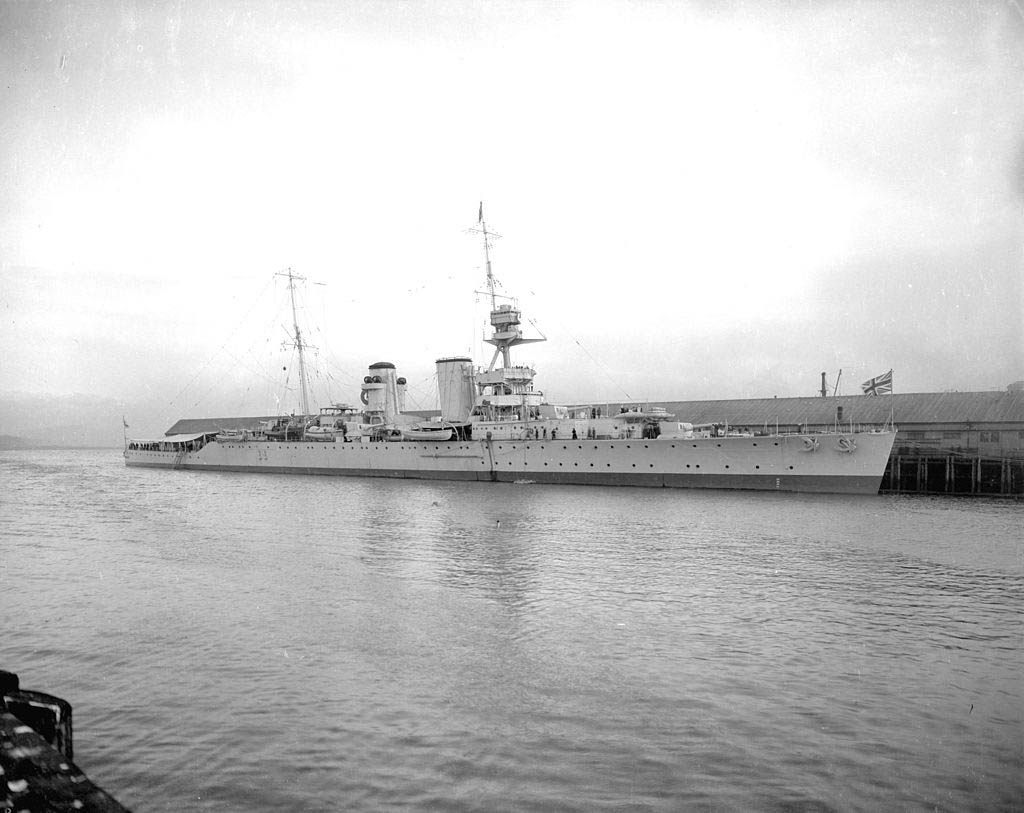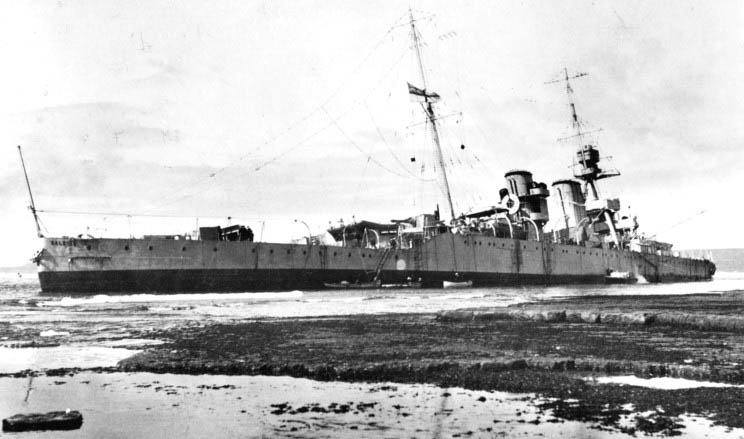After being sunk by explosives in 1926, HMS Raleigh came to rest at L’Anse Amour, Labrador, and remains a diveable wreck today at 6-9 metres (20-30 feet).
During the First World War, HMS Raleigh was one of five Hawkins-class heavy cruisers constructed for the Royal Navy, although it was not completed until 1921. When she was commissioned, she was assigned to the North America and West Indies Station.
The Hawkins-class cruisers were designed to be able to hunt down trading raiders in the open ocean for which heavy guns, high speed and long range were needed.

The ships had a total length of 605 feet (184.4 m), a 65 feet (19.8 m) beam and a 19 foot 3 inch (5.9 m) draught at deep load. At normal load, they displaced 9,750 long tonnes (9,910 t) and 12,190 long tonnes (12,390 t) at deep load. Their crew was made up of 690 officers and ratings. The Hawkins-class ships ‘ main armament consisted of seven Mk VI guns in single mounts protected by gun shields, 7.5-inch (191 mm).
Sir William Pakenham was North America and West Indies Station commander in April 1922 and he selected Raleigh as his flagship. Sir Arthur Bromley was Raleigh’s master and the ship was lost due to his incompetence. On August 8, 1922, at L’Anse Amour, Newfoundland, Bromley raced the flagship through thick fog and ran her aground. In the shipwreck, 11 sailors were drowned. Both Bromley and his navigator were martialled in court and found negligent in their duties; subsequently they were reproved and discharged.

The ship sat firmly grounded and upright for four years, and was an eyesore. During this time, she had been stripped of all rescue items and was then sunk with explosives by a party at HMS Calcutta in September 1926.
To this day the residents of L’Anse Amour commemorate the event on the anniversary of the disaster.






